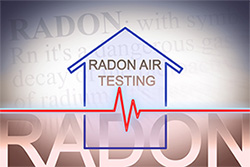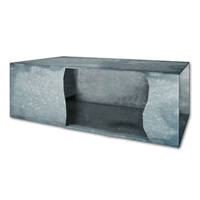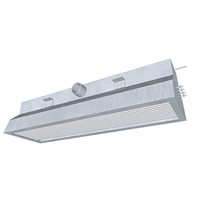 For anyone who has recently purchased or sold a home, they may have noticed a radon inspection clause in the purchasing agreement. What is radon, and why are we testing for it in our homes?
For anyone who has recently purchased or sold a home, they may have noticed a radon inspection clause in the purchasing agreement. What is radon, and why are we testing for it in our homes?
Radon is an odorless, colorless gas that is naturally released into the environment as a decay byproduct of radium. Radium is a decay byproduct of uranium which can be found in certain types of rock, soil, or water. Some areas have higher concentrations of radon due to the soil composition which leads to additional testing for radon. Continue reading “What is Radon, and Why are We Testing for it in Our Homes?”


 Picture this:
Picture this:
 The primary goal of HVAC technology is to determine the most effective approach to heat/cool the interior of commercial sized buildings. One of the most effective ways of achieving this goal is through the use of chilled beam systems.
The primary goal of HVAC technology is to determine the most effective approach to heat/cool the interior of commercial sized buildings. One of the most effective ways of achieving this goal is through the use of chilled beam systems. 